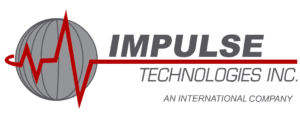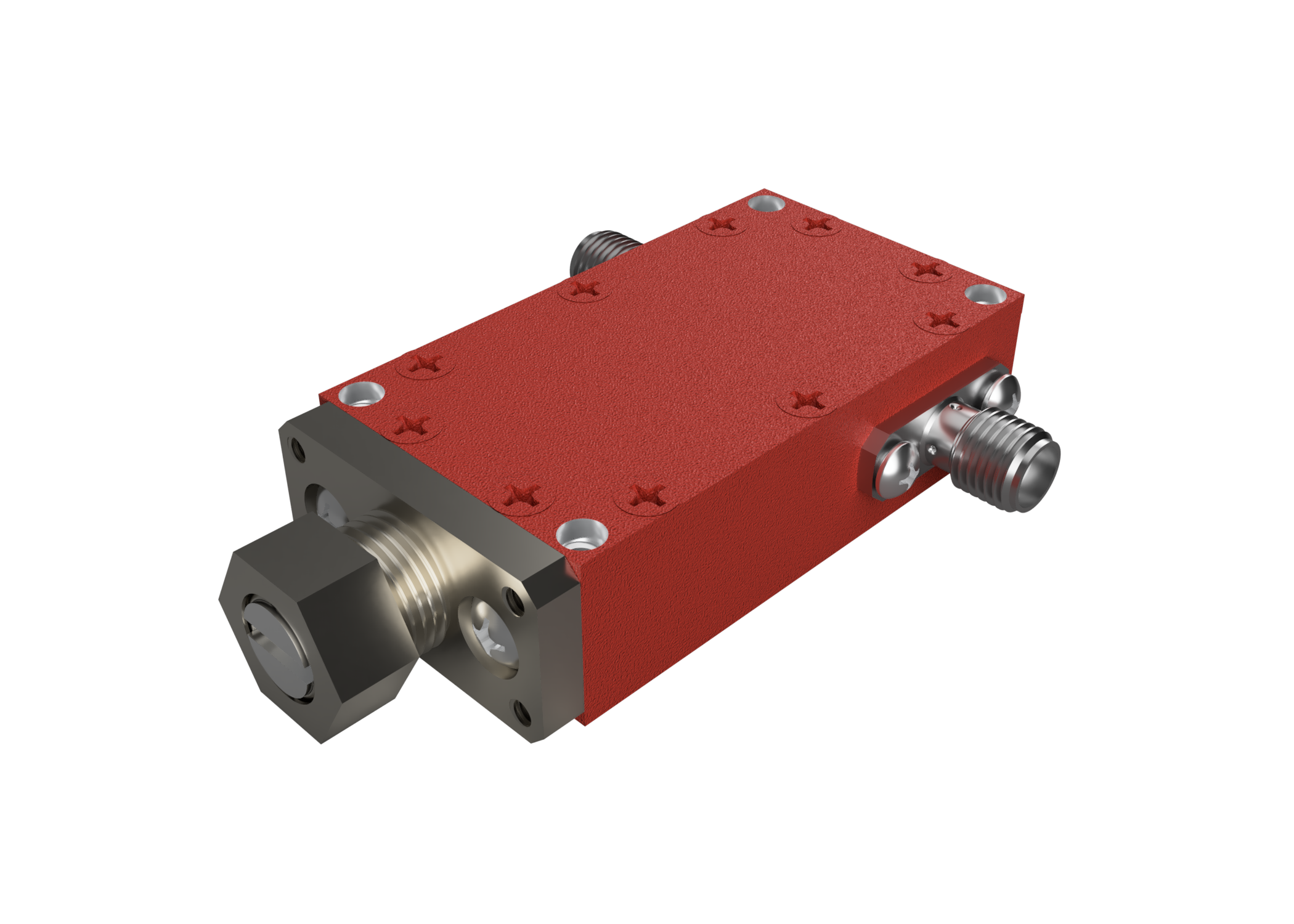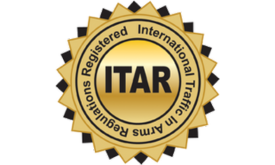Variable RF Attenuator Buying Guide
Dynamically reduce the strength or intensity of radio frequency signals without compromising signal quality or impedance matching. Adjust signal reduction levels to meet custom specifications with a variable RF attenuator.
Impulse Technologies manufactures three variable RF attenuator series, each with a range of models to fit various production testing use cases.
Variable RF Attenuator Buying Guide
When comparing RF variable attenuators, pay attention to these features:
How to Choose the Right Type of Variable RF Attenuator Guide
Whether your testing and development process requires precise attenuation or the ability to function at a wide range of frequencies, Impulse Technologies has a model that matches your needs.
What to Know About Impulse Technologies’ Attenuator Series
Impulse Technologies produces three series to meet different testing and development needs. All three series are continuously variable and include standard screwdriver adjustment, knob control, and turns counting dial options.
06 Series
Our 06 Series includes frequency flat, level adjust, and multiband models. As our high-frequency series, these models are calibrated as high as 14 to 26 GHz with attenuation ranges up to 30 dB.
07 Series
Unlike the 06 and 08 Series, our 07 Series includes frequency flat models and level adjust models only. As our mid-range series, these models support frequencies from 2 to 18 GHz and up to 40 dB attenuation.
08 Series
Our 08 Series includes frequency flat, level adjust, and multiband models. As our low-frequency series, these models are calibrated as low as 800 mHz to 1.0 GHz with attenuation ranges up to 60 dB.
How Long Do Variable RF Attenuators Last?
When procuring mechanical or digital attenuators, it’s important to budget for their lifecycle. These factors affect the average lifespan of a variable RF attenuator:
-
Mechanical Attenuators
Last 5 to 10 years with standard use. The mechanical component (i.e., the knob) is the most common breaking point, as it can wear out with consistent use.
-
Digital Attenuators
Last for 10 years or longer with standard use. The electrical control circuits are the most common breaking points, as these devices don’t have moving parts.

In some cases, these devices may have longer or shorter lifespans. You may need to replace them sooner if you regularly use them with high power levels that exceed their ratings or if you connect and disconnect them regularly. They may also break down sooner if you use them in excessively hot or humid conditions.
However, the age of the device shouldn’t determine whether you continue to use it for testing and development. Test and calibrate variable RF attenuators regularly to confirm they still perform within spec.
Variable RF Attenuator Pricing
Pricing for these devices depends on several factors, including:

Drive Options
Standard devices generally have the lowest price point, as they require manual adjustment with a screwdriver. Models with a knob control or turns counting dial option offer more convenience for a higher price point.

Model Type
Level adjust models typically cost the least, as they’re designed for more general usage. Frequency flat and multiband models offer more precision, making them more costly to produce.

Lead Time
Urgency also plays a part in variable RF attenuator pricing. In-stock standard items typically have a lower price point than those we produce to special requirements.

Attenuator Quantity
Single items generally have a higher unit price. We offer bulk pricing for 10+ items.
These extra accessories can also add to the total quote:
- Cables with connectors that fit the device’s ports (e.g., TNC, SMA, or TypeN)
- Power amplifiers to generate higher power levels without noise
- Cable assemblies with sets of phase-matched pairs
- Spectrum analyzers to evaluate the RF signal
- Connector adapters to pair the device with existing equipment
- Phase shifters to adjust RF signals, mechanical, analog, or digital steps
- Power meters to monitor and confirm attenuation levels
- Directional couplers to measure input and output signals
- RF amplifiers to make very weak signals detectable
- DC blocks to keep voltage controlled and prevent damage
- RF mixers and combiners to add or multiply signals and create a new frequency
- Limiters to restrict the power of a signal when it reaches a certain level
- Modulators to vary the properties of a signal
Why Choose Impulse Technologies for Variable RF Attenuators?
Impulse Technologies is much more than just a reseller. In addition to continuously variable RF attenuators, we manufacture mechanical phase shifters, waveguide to coaxial adapters, standard gain horn antennas, and many more products to your custom specifications.
Headquartered in Bay Shore, New York, our team has over 30 years of experience in the industry. Since 1991, we’ve expanded our facility to house a controlled manufacturing space, anti-static inspection and packaging zones, and state-of-the-art testing devices. Our secure supply chain and ISO 9001:2015-certified quality management system allows us to manufacture products to the highest standards, reliably supplying clients worldwide.

FAQs About Variable RF Attenuators
-
These devices are frequently used in testing and developing systems and equipment for the consumer electronics, automotive, aerospace, defense, and telecommunications (including broadband) industries. Both SMA and TypeN attenuators are common across industries.
Attenuators typically fit into one of these categories:
- Fixed attenuators, which offer a consistent level of attenuation
- Variable attenuators, which can serve as manual or programmable attenuators
- Step attenuators, which provide pre-set levels ("steps") of attenuation
Some more specialized devices include DC blocking attenuators, which are ideal for environments that need DC isolation, and directional attenuators, which only operate in a single direction from input to output.
Voltage variable attenuators use analog voltage control for continuous adjustment. They typically use PIN diodes.
Digital attenuators use digital systems to adjust between pre-set step sizes. They typically use microcontrollers.
When considering a variable RF attenuators, focus on these standard specs:
- Attenuation range (measured in dB)
- Flatness (measured in ± dB)
- Insertion Loss (measured in dB)
- VSWR (measured as a ratio)
- Frequency Range (measured in GHz)
- Step Size (Continuously Variable or dB per Step)
- Power (measured in W)
- Peak power (measured in kW)
- Impedance (measured in Ohms)
Some of the most common customization options for these devices include:
- Performance customizations, including extended frequency ranges and increased power handling
- Mechanical customizations, including cooling solutions and thermal sensors
- Interface customizations, including mounting configurations and connector types
- System customizations, including self-test capabilities and built-in microcontrollers






